Dr. Meeks Cabin and Pioneer Farmstead
Introduction
Text-to-speech Audio
Images
Dr. Priddy Meeks' Cabin
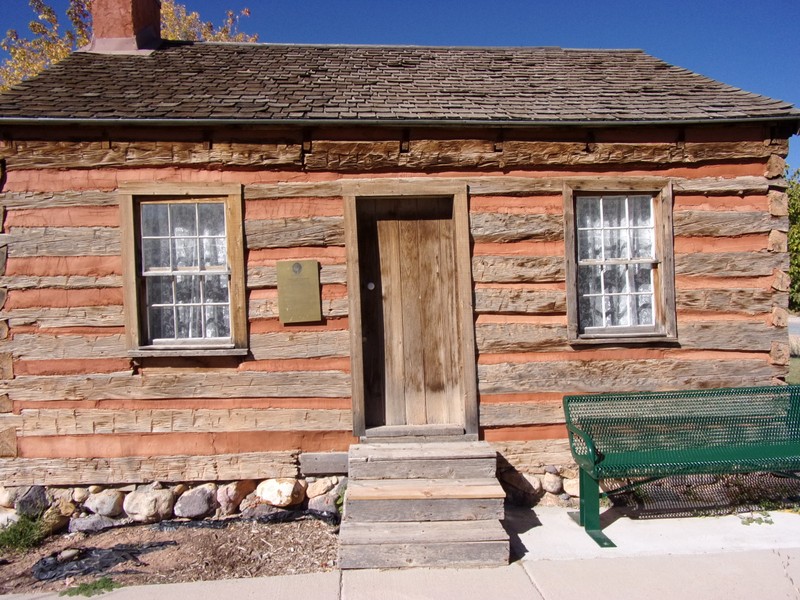
Meeks' Arboretum
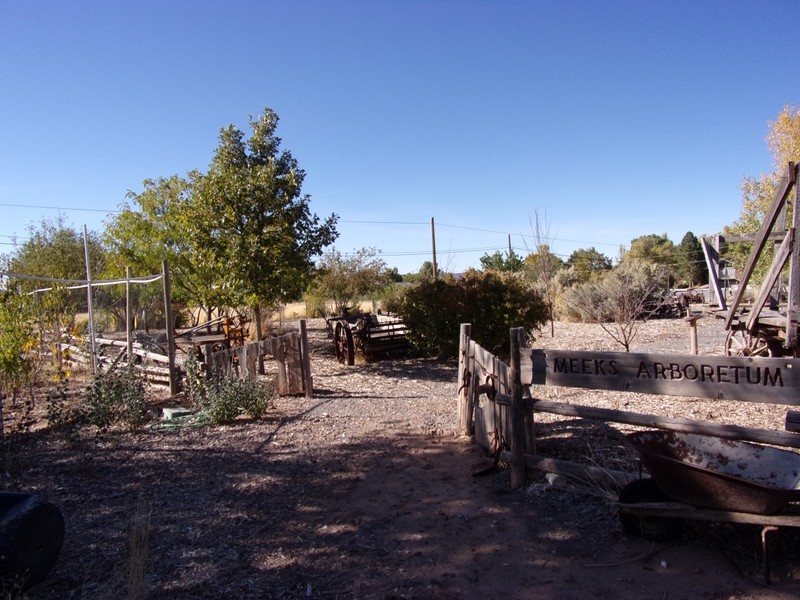
Sign to Dr. Priddy Meeks Cabin Pioneer Farmstead. This was all created by a scout for his Eagle Scout project.
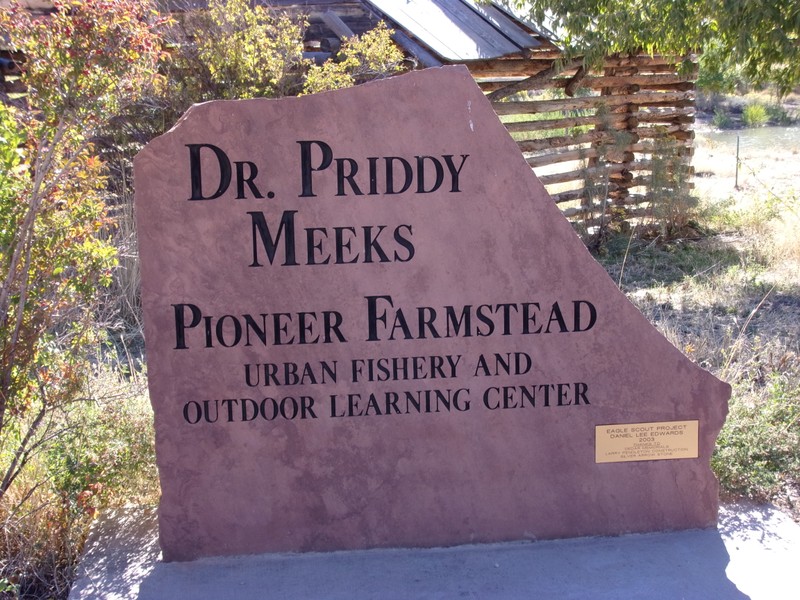
Dr. Meeks' Thomson Medicine mixing bowl for herbs.
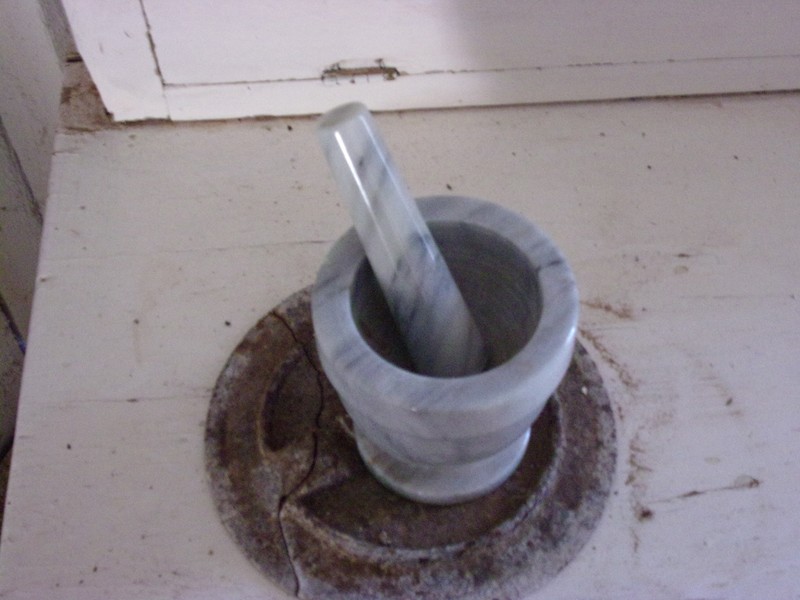
Picture of Dr. Priddy Meeks in his 60's.
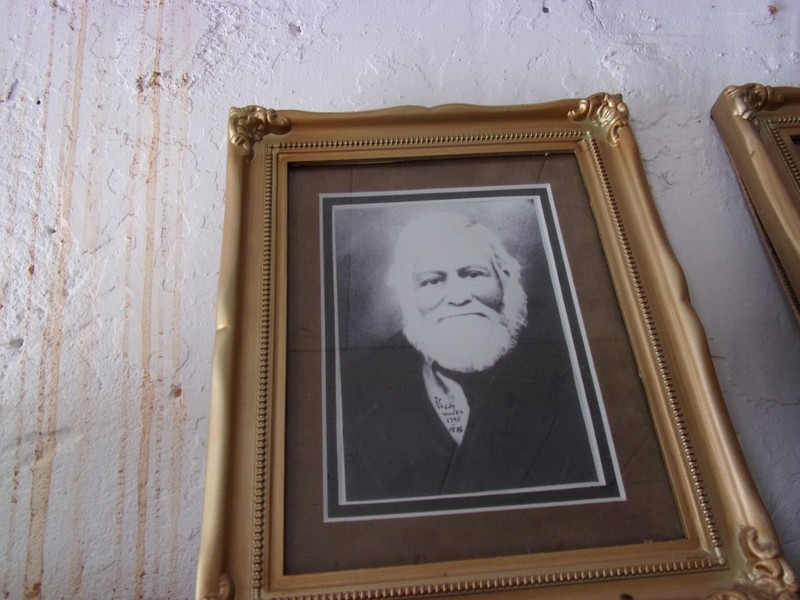
An unfinished cabin
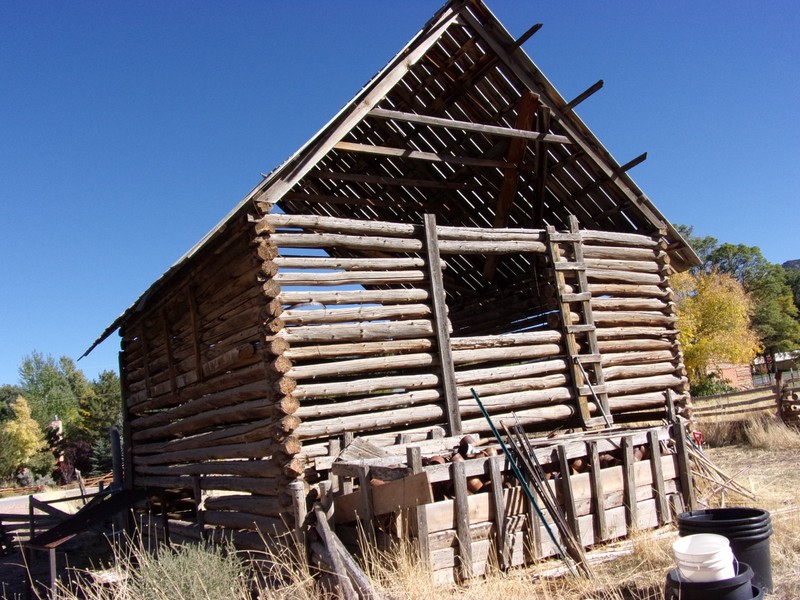
A rooster and hen shed
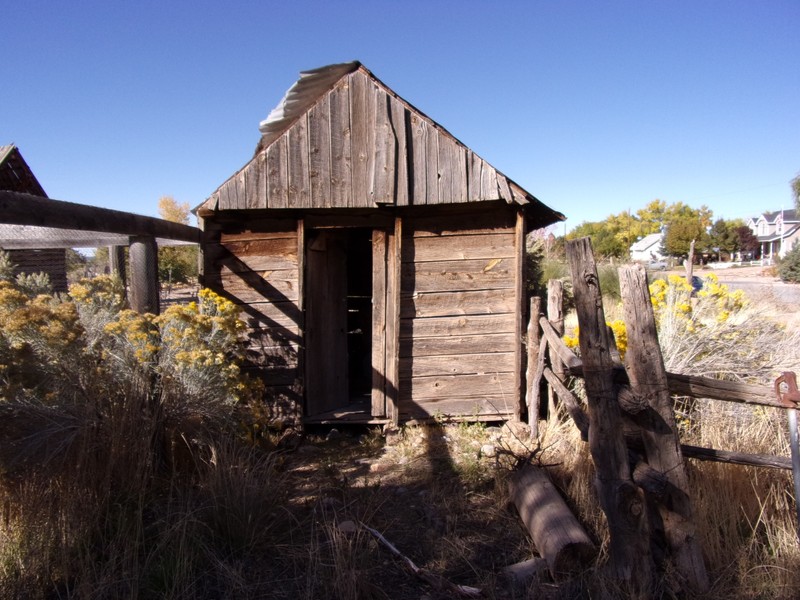
A Western Hackberry bush. It is a native western plant and gets up to 30" tall.
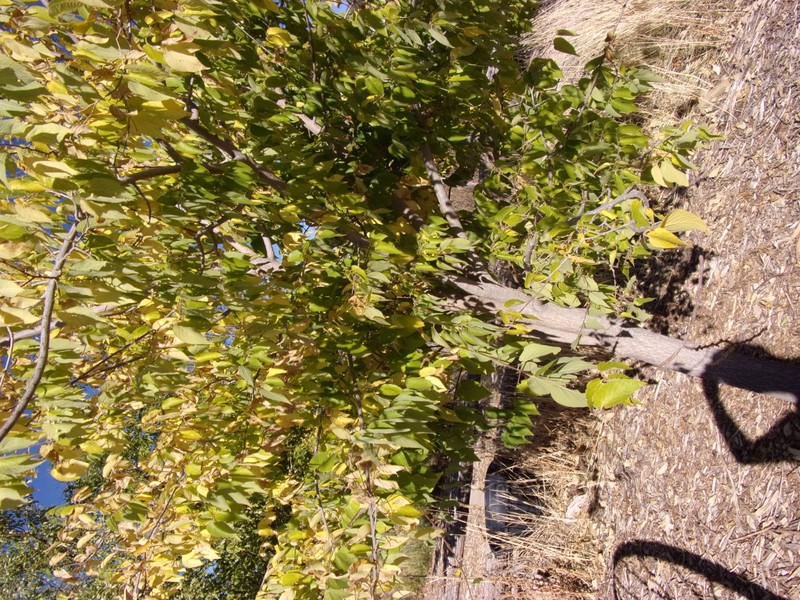
Backstory and Context
Text-to-speech Audio
Priddy Meeks married Polly Bartlet at the age of twenty. Together they had four children. After Polly Meeks passed away. Priddy Meeks remarried twice. First to the widowed mother of one child, becoming the step-father, and then later married that daughter with the consent of her birth father. Priddy Meeks became interested in the study of medicine when his daughter Huldah died from Whooping Cough. "I am convinced it was his medicine that killed her, Meeks reportedly declared.
Meeks found that herbs and roots were used by some doctors such as his brother-in-law, Priddy Mahurin. Priddy Meeks was still living in Illinois at the time with his two wives, and they joined the LDS church in 1840. After a few years in Nauvoo, Illinois, Priddy Meeks developed a reputation as a healer. He tended to many patients in Illinois until in 1845 when Joseph and Hyrum Smith of the LDS church were murdered while in prison. Meeks and his family soon joined other LDS church members as they fled to Utah Territory in 1847. It was not until the year of 1856 Dr. Priddy Meeks had gotten married to his third wife Mary Jane, who was only 17 years of age while he was in his early 60’s.
When in the Utah Territory, Dr. Meeks moved to Parowan where he grew many herbs and roots that were needed to practice Thomsonian Herbal Medicine. In Parowan, Meeks became well known as the best (and only) doctor in Southern Utah.
Sources
Foreman, Matthew. Photos of Priddy Meeks Cabin and Pioneer Farmstead. Parowan, Utah, 2016.
Kelly, Charles. Journals of John D. Lee, 1844-46 and 1859. Salt Lake City: University of Utah Press, 1984.
Meeks, Priddy. Journal of Priddy Meeks. Special Collections, Southern Utah University Library.
Carter, Kate B. Our Pioneer Heritage. Salt Lake City: Daughters of the Utah Pioneers, 1963. Vol. 6.
Carter, Kate B. Our Pioneer Heritage. Salt Lake City: Daughters of the Utah Pioneers, 1972. Vol. 15.
Angier, Bradford. Field Guide to Medicinal Wild Plants. Harrisburg: Stackpole Books, 1978.
Benson, Richard M. History of the Parowan Third Ward. Parowan, 1981.
Dorfler, Hans P. and Roselt, Gerhard. Healing Plants. London: Blandford Press, 1989.
Gariel, Ingrid. Herb: Identifier and Handbook. New York: Sterling Publishing Co. Inc., 1975.
Heinerman, John. Joseph Smith and Herbal Medicine. Manti: Mountain Valley Publishers, 1975.
History of the Church. Salt Lake City: The Deseret Book Company, 1970. Vol. 5.
Jenson, Andrew C. Parowan Third Ward History. Parowan, 1968.
Journal of Discourses. Salt Lake City, 1967. Vol. 9.
Moulton, LeArta. Herb Walk. Provo: The Gluten Co. Inc., 1979.
Utah State Historical Quarterly. Salt Lake City: Utah State Historical Society, 1942. Vol. 10.
Utah Historical Quarterly. Salt Lake City: Utah Historical Society, Winter 1968. Vol. 36. Number 1.
Utah Historical Quarterly. Salt Lake City: Utah Historical Society, Winter 1981. Vol. 49. Number 1.
Guerrini, A, “The People’s Doctor: Samuel Thomson and the American Botanical movement, 1790- 1860,” Journal of American History, no. 89 (2002): 210-211, accessed December 11, 2016, http://web.b.ebscohost.com.proxy.li.suu.edu:2048.
